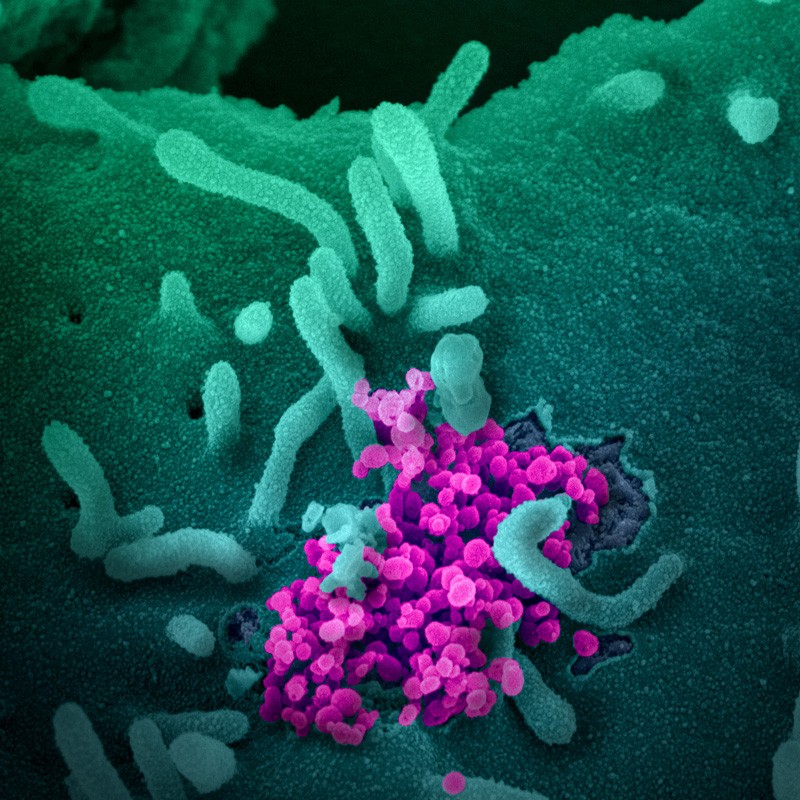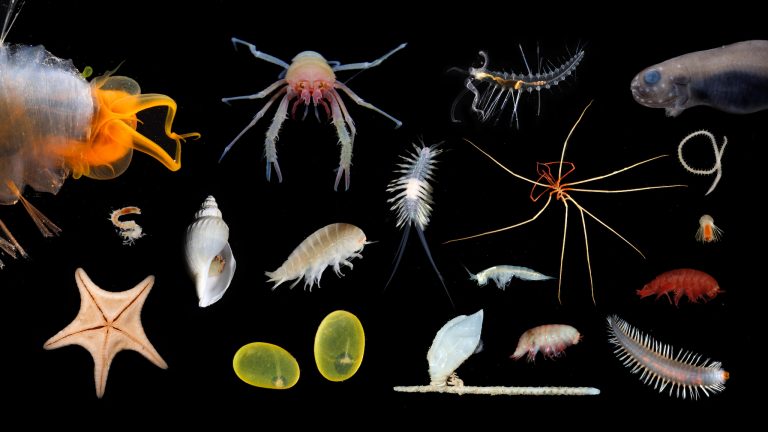We’re only halfway through 2020, and we’ve already witnessed devastating natural disasters, a worldwide pandemic, killer hornets, and social justice movements. Here at Edvotek, we wanted to take a minute to reflect on some of the cool science that this year has given us. What better way to do that than through pictures?
Nature magazine is a worldwide leader in scientific publishing. One of our favorite columns in Nature is known as The Month’s Best Science Images. We’ve gone through the last 6 months to showcase 6 of our favorite images, and we hope you enjoy them as much as we do!

- A Greenland Iceberg
Icebergs are chunks of ice that have fallen off of a glacier and into the ocean. Climate change is causing the glaciers of the world to melt, increasing the temperature of the ocean and rising sea levels. Scientists continue to work to develop ways to curb climate change and inform policies on how to slow the level of greenhouse gas emissions. This image was taken in Greenland’s Tasiilaq Fjord, where a diver illuminates the underside of an iceberg. It was taken by the underwater photographer Tobias Friedrich, who won second place in Underwater Photography Guide’s annual photo competition. Link to article.

- The Crab Nebula
The Taurus constellation can be seen prominently in the northwest sky and is part of the zodiac constellations. Within Taurus lies the crab nebula, remnants of a stellar explosion (supernova) that took place in 1045 AD. While cameras on cell phones have become more advanced in the last 20 years, so have cameras on telescopes. By combining images from the Hubble Space Telescope, the Chandra X-Ray Observatory, and the Spitzer telescope, NASA scientists were able to develop this image of the crab nebula, 6,500 light years away from Earth. The Spitzer telescope was retired on January 30th, 2020. Link to article.

- Coronavirus Particles
The novel coronavirus, SARS-nCov-2, has swept across the world causing the respiratory disease known as COVID-19. While coronaviruses aren’t rare, this new strain is highly contagious and deadlier than many other common viruses. When it was discovered at the end of 2019, scientists scrambled to learn as much as they could about the new virus. Using a scanning and transmission electron microscope, a research team in Hamilton, Montana was able to capture this image of viral particles (pink) emerging from an infected cell in the laboratory. The team is part of the National Institute of Allergies and Infectious Diseases. Link to article.

- Deep Sea Exploration
Australia saw some of the most devastating wildfires in its history early in 2020. At the same time however, research teams were working to explore coral reefs and deep sea canyons off the Ningaloo Coast in western Australia. With the help of an underwater robot, scientists could reach depths that were previously out of their reach. Researchers were able to discover over 30 new species of underwater organisms, some of which were completely unknown! Wendy Scmitt, co-founder of Schmidt Ocean Institute put it best: “There is so much we don’t know about the deep sea, and there are countless species never before seen…This research is vital to advance our understanding of that connection–and the importance of protecting these fragile ecosystems.” Link to article.

- A Budding Exoplanet
This spiraling disk of gas could be the beginning signs of a new exoplanet approximately 520 light years away from Earth. It’s happening in the Auriga constellation, near the star AB Aurigae. Astronomers were able to capture this phenomenon using the European Southern Observatory’s Very Large Telescope (ESO VLT), and say that this type of spiral is a telltale sign that a new planet is being born. Very little is currently known about how exoplanets are formed, and scientists are excited to be able to study such an exciting phenomenon! Link to article.

- Individual Atoms
For many years, scientists have been striving to create methods to image the smallest pieces of matter. Finally, they have done it! Using a technique known as cryo-electron microscopy, scientists have been able to image individual atoms in a protein. This type of imaging breakthrough could revolutionize the field and lead to a more complete understanding of protein function in health and disease. Link to article.
For more updates on exciting images in science, you can subscribe to Nature Briefings and look out for author Emma Stoye’s articles! The ones referenced in this article are from January, March, May, and June.

